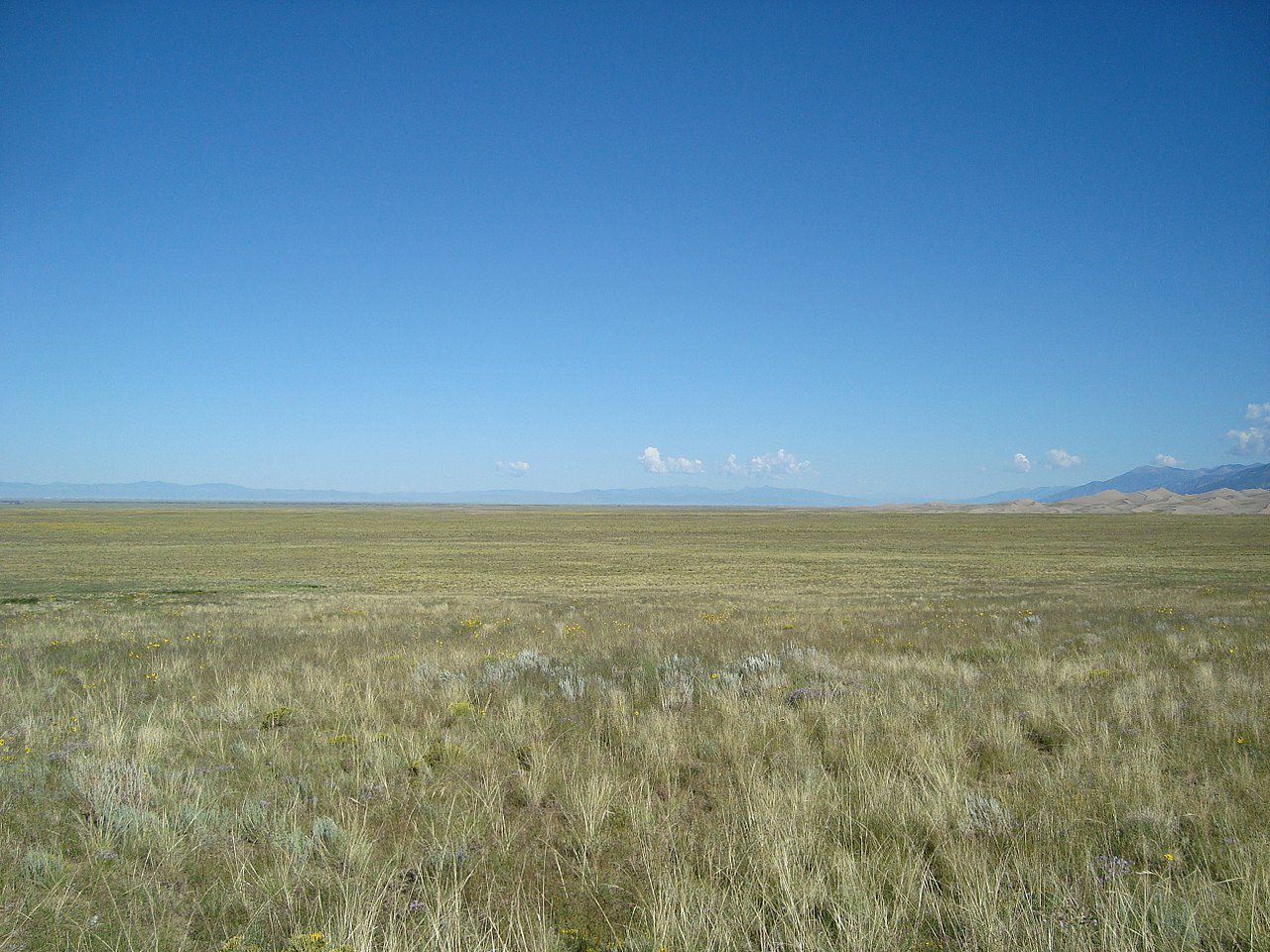July 4, 2023 — San Luis Valley, in Colorado, is grappling with a growing crisis as arsenic levels in private drinking wells continue to rise. A study led by Kathy James, an associate professor at the Colorado School of Public Health, has highlighted the serious implications of the increased arsenic concentration in the valley’s drinking water. Arsenic, a natural carcinogen found in soil, has been linked to several health problems including heart disease, hypertension, diabetes, and cancer. This is particularly concerning for the vulnerable populations such as pregnant women and children.
Inside Climate News reports that the increasing arsenic levels in San Luis Valley’s groundwater are believed to be significantly higher compared to other areas in the U.S. This has been attributed to the drought and over-pumping of aquifers which, based on research in California, Mexico, and Vietnam, is known to be linked to rising arsenic levels in groundwater.
reports that the increasing arsenic levels in San Luis Valley’s groundwater are believed to be significantly higher compared to other areas in the U.S. This has been attributed to the drought and over-pumping of aquifers which, based on research in California, Mexico, and Vietnam, is known to be linked to rising arsenic levels in groundwater.
The Drought and Its Impact.
The valley is facing a megadrought which has lasted more than two decades, severely affecting the Colorado River and leaving states at risk of cutbacks in water supply. This drought is part of a bigger picture, reflecting a shift towards aridification in the West. As per Melissa Lombard, a research hydrologist for the U.S. Geological Survey, during drought, the number of people exposed to elevated arsenic levels from domestic wells across the U.S. may increase from approximately 2.7 million to 4.1 million.
Drought conditions are impacting the valley’s aquifers, which have been losing significant volumes of water due to overuse. The communities in the valley are now racing against time to recharge the aquifers or risk state-mandated shutdown of irrigation wells.
Addressing the Arsenic Contamination.
To tackle the arsenic problem , scientists and community leaders are researching and implementing innovative solutions. James aims to test 1,000 private wells in the valley to better understand the relationship between drought, water quality, and health. James’s focus on arsenic is crucial, as private domestic wells are unregulated and might remain untested for long periods.
, scientists and community leaders are researching and implementing innovative solutions. James aims to test 1,000 private wells in the valley to better understand the relationship between drought, water quality, and health. James’s focus on arsenic is crucial, as private domestic wells are unregulated and might remain untested for long periods.
One practical solution for households with arsenic-contaminated wells is the installation of reverse osmosis water filtration systems at the kitchen sink. This can significantly reduce the concentration of arsenic in drinking water.


Water Conservation; Stopping Water Exports.
Apart from addressing the arsenic contamination, efforts are being made to conserve water in the valley. This includes efforts to pay farmers to stop irrigating certain lands, thus saving groundwater for aquifer replenishment.
Officials from six counties in the San Luis Valley — Alamosa, Costilla, Conejo, Mineral, Saguache and Rio Grande Counties — are working to keep their water in the valley. A new regional oversight board is in the works to add an extra layer of scrutiny for projects that propose exporting water out of the valley:
The Current Scenario.
- San Luis Valley residents are concerned that exporting water to urban areas will threaten their local economies and way of life.
- An agreement is being drafted to increase local control over water resources and prevent the exporting of water from the valley.
Proposed Intergovernmental Agreement.
- The agreement aims to create the San Luis Valley Planning Board, which would have representatives from local counties, towns, and cities.
- This board would have the authority to evaluate and intervene in proposals for water export projects within the valley.
The San Luis Valley is at the forefront of the escalating water crisis in the West. The combination of arsenic contamination and prolonged drought presents a dual challenge that the community must tackle head-on. Through concerted efforts in research, innovation, and policy reforms, there is a potential to mitigate the effects of these environmental challenges and safeguard the health and livelihood of the valley’s residents.
Top Image:
San Luis Valley , view to north in 2017 via Wikimedia Commons.
, view to north in 2017 via Wikimedia Commons.


Leave a Reply